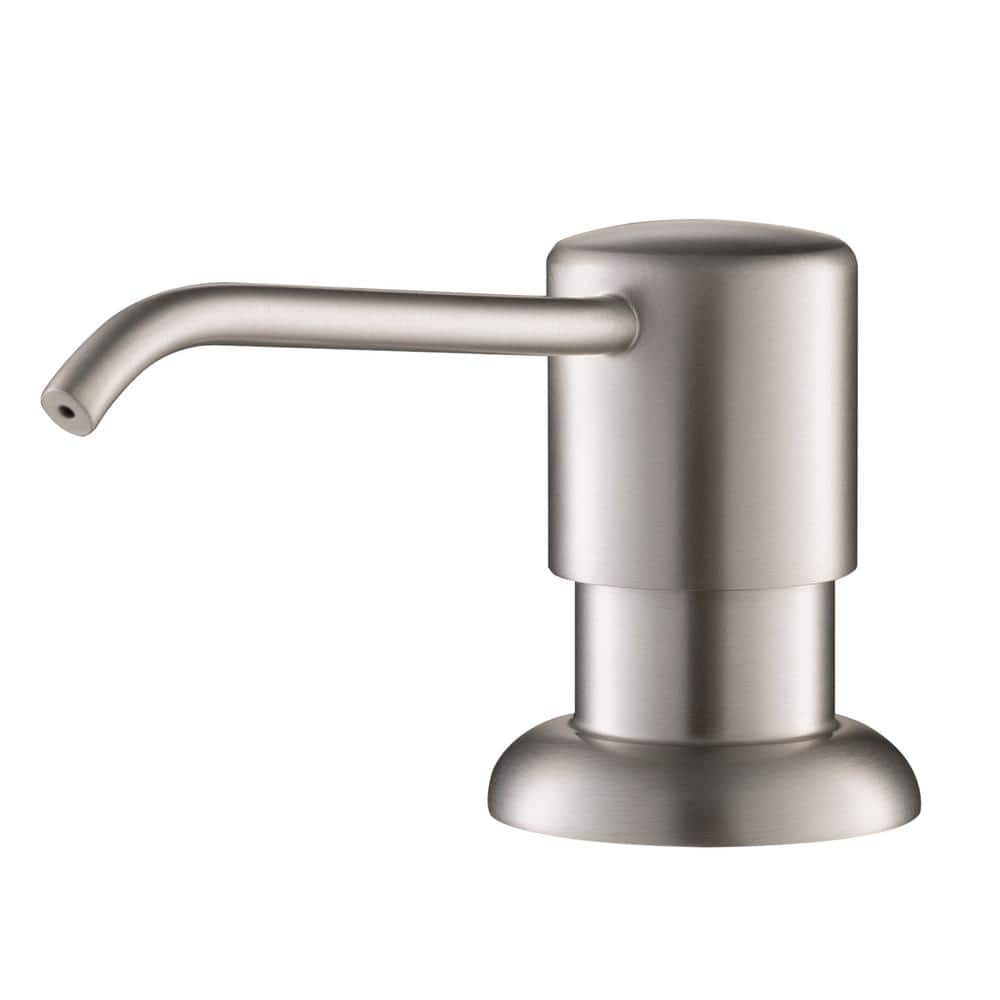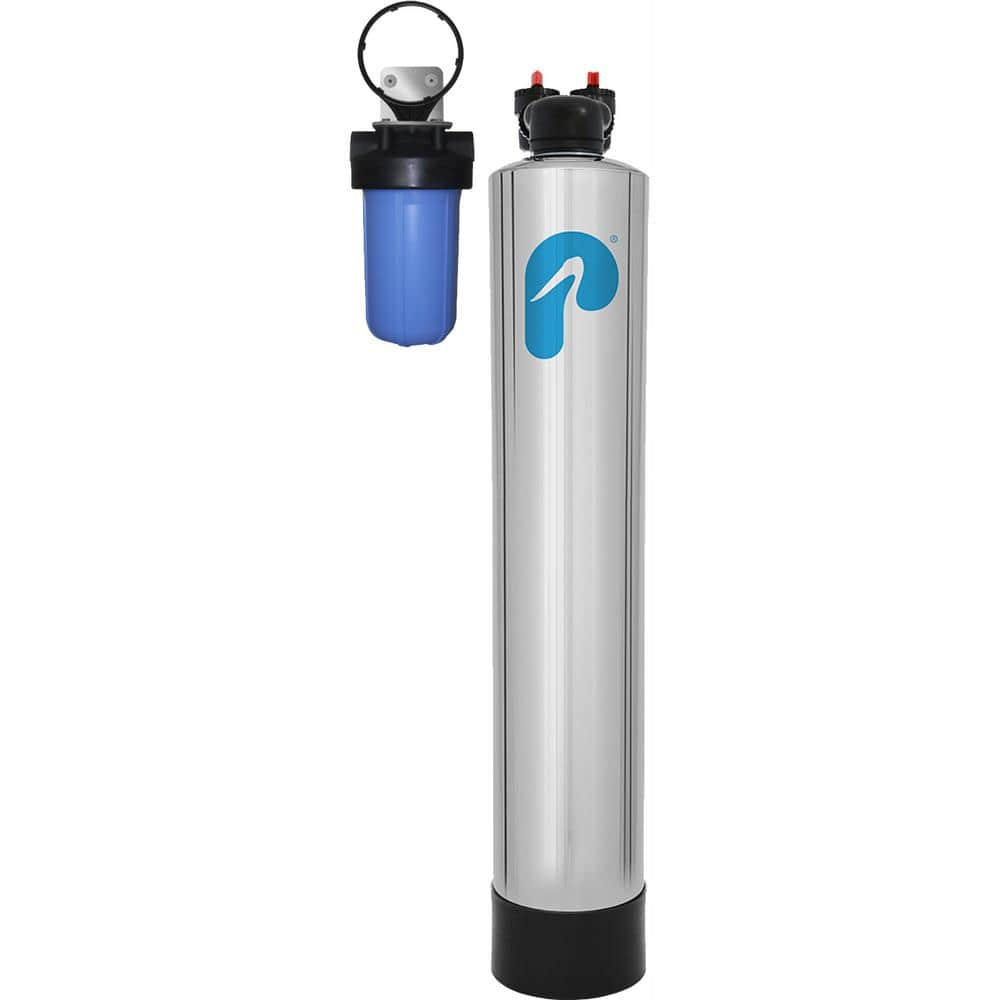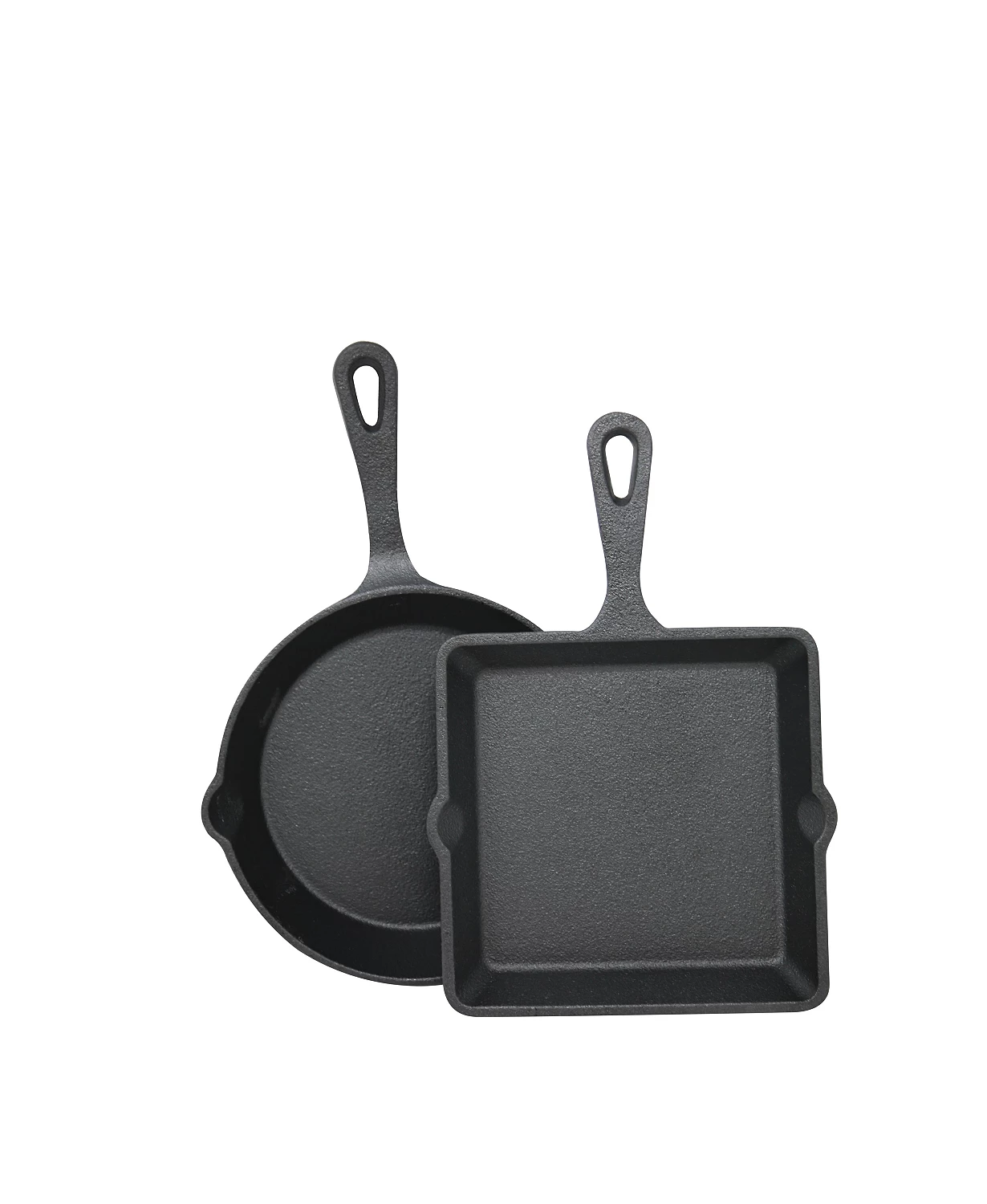KRAUS Boden Kitchen Soap Dispenser in Spot Free Stainless Steel
Easy installation and above-counter refill. Durable brass construction with all-Brite spot free finish. Large-capacity bottle holds 17 oz. of liquid.
Self-priming soap dispenser with large-capacity bottle that holds 17 oz. of liquid soap, lotion, or liquid detergent. Refills from above the counter for maximum convenience. Pump rotates 360. Comes in a choice of finish to match any kitchen faucet.
- Top-quality brass construction for long-lasting functionality
- Self-priming pump for hassle-free use
- Large-capacity bottle holds up to 17 oz. of liquid, requiring fewer refills
- Easy to install threaded connection offers a tight, waterproof seal
- Easy to refill: top lifts up for easy refill
- All-brite spot free stainless steel finish prevents water spots and fingerprints so pump stays flawlessly clean
- KRAUS finishes resist corrosion and rust through everyday use
- Coordinates with all KRAUS kitchen faucets (sold separately)
- 1-year limited warranty
Additional information
| Dimensions | H 12.34 in, W 5.24 in, D 5.24 in |
|---|---|
| Manufacturer Warranty | Limited Lifetime |






by Smith
Easy to install, looks great, operates smoothly.
by Chris
Looks like photo and works as should.
by Maria
This is a quality soap dispenser. It matches my Kohler brushed stainless faucet nicely, it fills the fourth hole and gets rid of the dish detergent bottle on the counter top.
by Boonie
It fit right into our old fixture without removing the bottle.